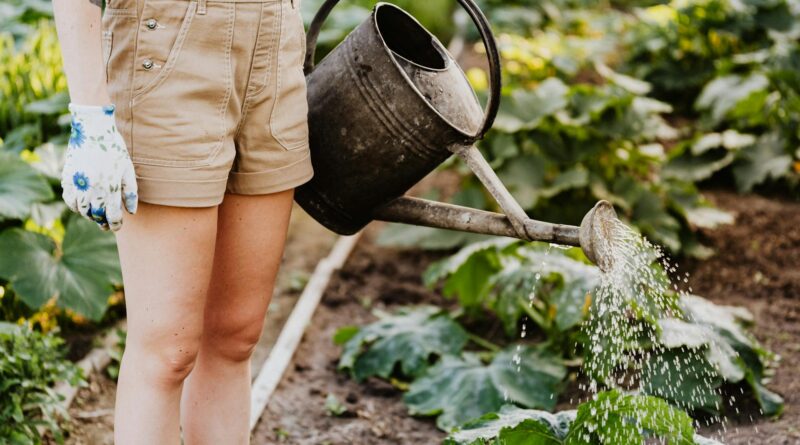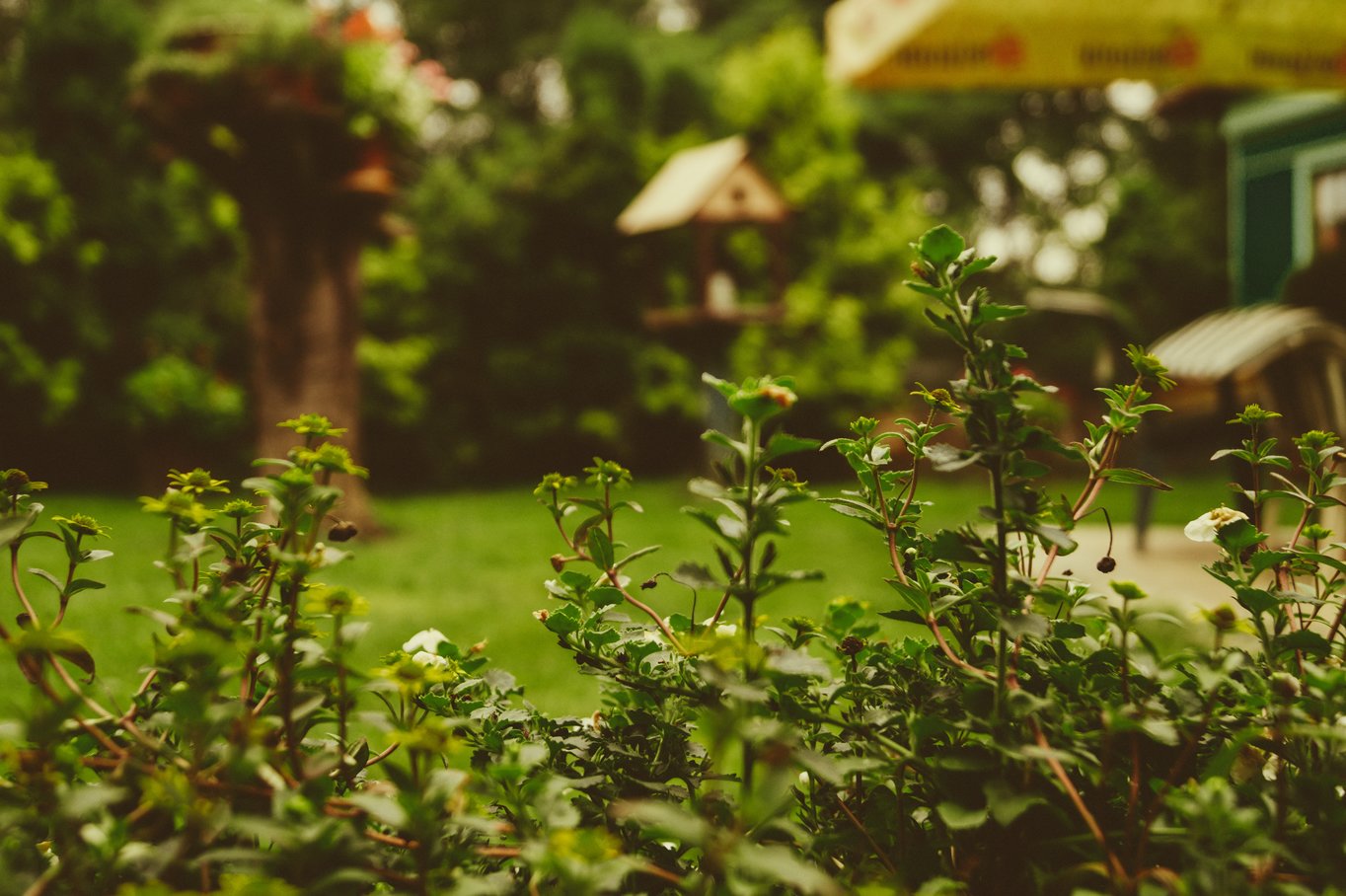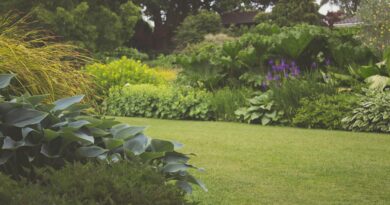Can You Enjoy Gardening With Mobility Issues?
Gardening is one of those little life joys that can sustain people for decades. There’s a reason why many people enjoy gardening in their retirement years, and it’s not because it’s easy or doesn’t quire any hard work. In fact, it’s the opposite, the kind of work that us humans are physiologically wired to do – handle the land around us, grow crops, and enjoy watching the process of nature.
But what if you have mobility issues? It might be that walking, lifting, bending, or using grip strength is difficult for you. This could come with age, or certain health conditions and disabilities that affect you. Well, given how popular gardening is with older folk, it’s true that you don’t have to be a mega-athlete to give it a try. What is worthwhile, however, is that there are also mobility aids and alternative preparations you can use or make to enjoy gardening, even with these physical challenges to consider.
In this post, we’ll discuss what those options could involve:
Use Raised Garden Beds
Raised garden beds can provide a good amount of comfort and also allow you to plant without bending over all over a green area. After all, there’s no reason why good soil has to be toiled from the ground when containers and other boxes can be enriched and watered too. It’s like a plant pot, only bigger.
Better yet, you can always plant and then later on transfer those plants to ground soil if you want to, perhaps with help from a family member. In addition, raised garden beds can expand the vertical space of your garden too, providing more visual texture to the space.
Ergonomic, Long-Form Tools
There are many accessible gardening tools out there for a growing market of individuals who want to tend to their green spaces but may not have the strength to dig or hoe as effectively as they once could. This is why pickers, long-handed trowels, weeders, and pruners can be a nice addition to your toolkit while increasing the number of tasks you can work on.
It’s also true that you don’t have to do everything outside. A small indoor garden, perhaps on your windowsill fed by sunlight through garden window installations, or a vertical garden you can hang on a wall, can help improve your general gardening utility and relax you all the same. There are tools out there, you just have to look for them.
Create Accessible Pathways
It’s not just about gardening accessibly that can help you, but being able to navigate the garden without issue. Having firm and comfortable pathways placed around the garden can help you get from point A to point B without the chance of tripping over the small wall border between your vegetable patches, or finding it difficult to mount a steep area.
This might also include handrails, handholds for walking up steps into your backdoor, lighting for the evening, and gates that can be accessed easily and secured when needed. If you have any incline to your garden, then small ramps or easy paths to walk up can help a previous lock-off garden become possible to enjoy once more.
Choose Low-Maintenance Plants
The great thing about a garden is that in some respects it’s a blank canvas. Of course, you might not live in a zone where everything can grow given the specific soil and climate conditions you work with, but there’s still a great deal of worth out there.
Perennials that come back year after year are excellent options, not to mention self-cleaning plants that don’t need deadheading. Drought-tolerant species are also smart choices, as they’ll need less frequent watering and don’t mind if you give your gardening a little break to rest and recuperate. Moreover, there are vegetables, shrubs and trees suited to this, so you don’t have to go without the main implements you may wish for in your little garden space.
Plan Rest Areas
Gardening isn’t always about working hard and digging the land until you can toil no more. For example, if you’re an elderly individual, you might find that you have roughly three or four good hours of energy a day – though don’t let us insult you by declaring that the same for everyone
If you have a mobility issue to be concerned with, that can also limit your “working time.” But having a bench or a comfortable chair swing or a relaxing deck chair you can get in and out of well is a lovely addition. It means you can sit back, enjoy a refreshing drink, change the station on your outdoor radio, and think about your next move. Then, when you recuperate a little, you can do more work.
A rest area is a lovely way to spend more time in your garden and think over it’s design from that point on. It also serves as a nice place to host and relax.
Seek Assistance When Needed
You don’t have to do it all alone. Seeking assistance when and where possible can be a nice method of being helped and helping out. Perhaps your children are interested in your project and want to help you. Your partner might be present and able to do some of the busiwork. Maybe you’ll plan a small family outing to the local garden centre – sometimes they have koi fish and other nice attractions to peacefully look at.
While it’s true you can hire a gardener or a landscaper to help with certain structural considerations – such as water irrigation and drip feeders – this will depend on the scope of your garden. For example, if you want a garden shed, then purchasing a pre-built structure and having the service install it for you can save a great amount of time.
After all, just because you have mobility issues, it doesn’t mean a wonderful garden should be out of your grasp.
With this advice, we hope you can enjoy gardening despite mobility issues, and even curate a better, more accessible space because of them.



